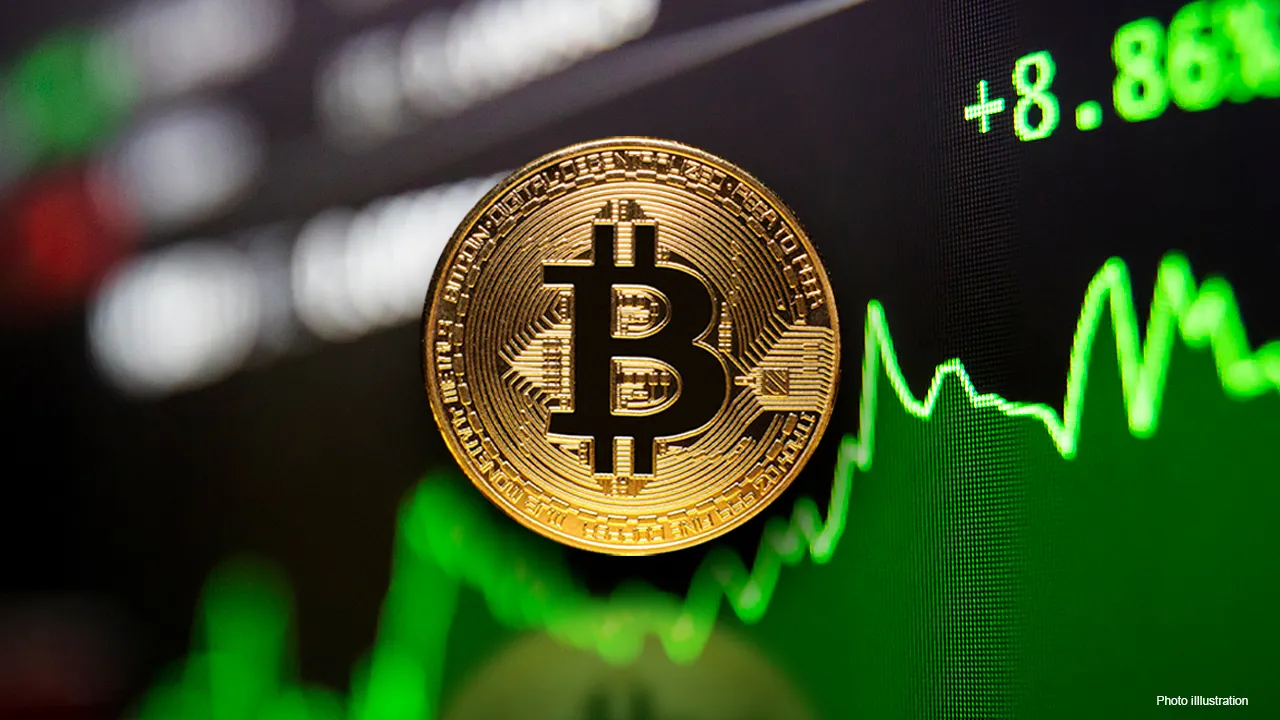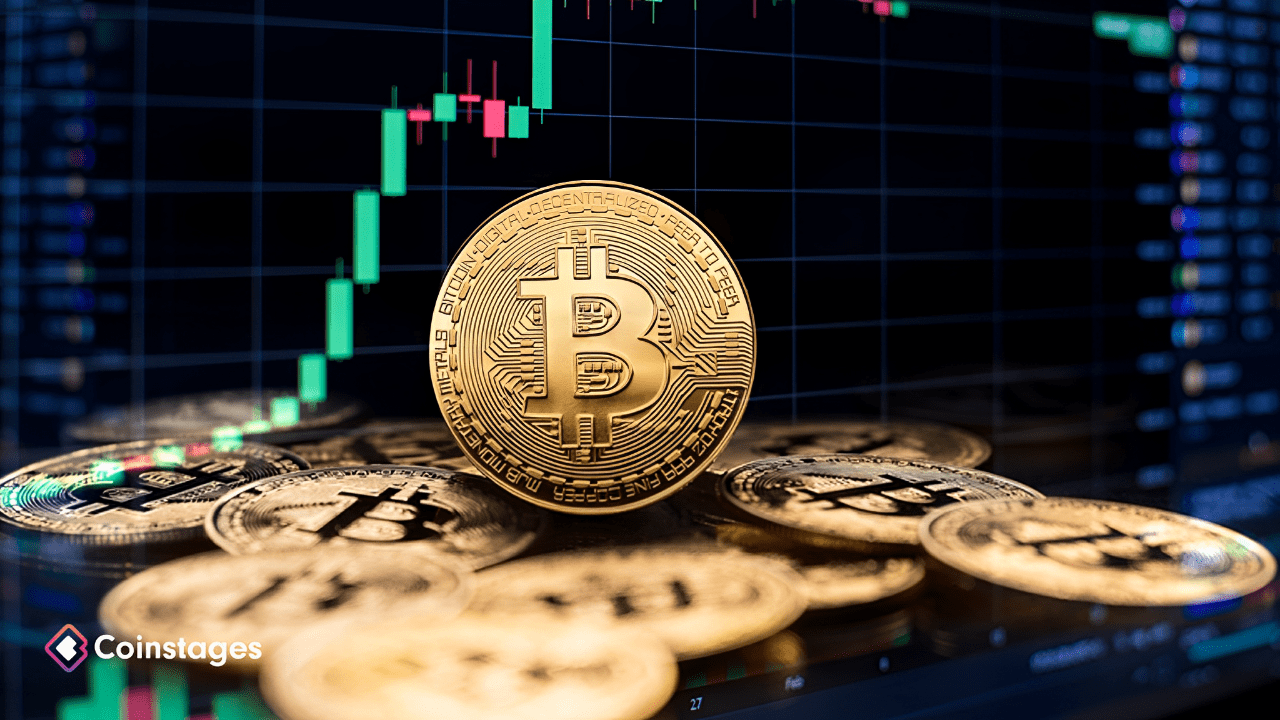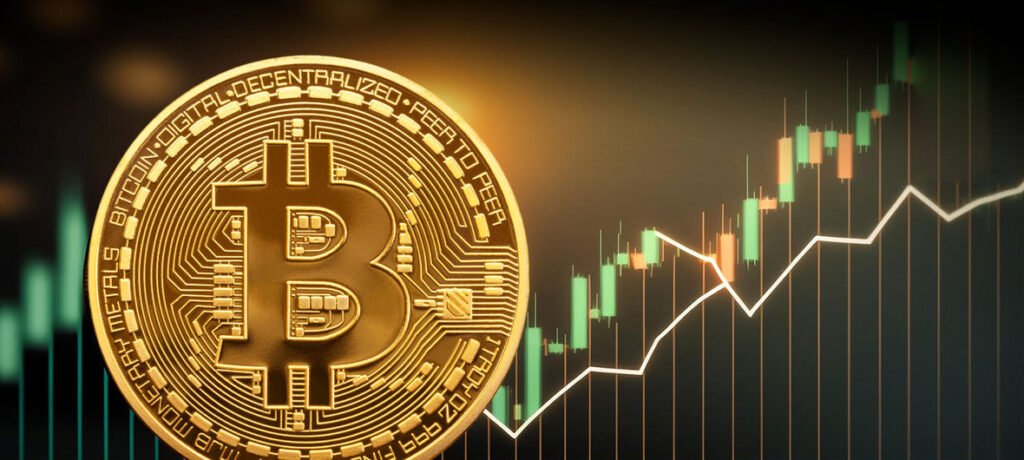The story around Bitcoin has changed a lot in the last few years. Bitcoin is no longer just considered a risky investment for small investors; it is rapidly becoming a strategic treasury asset for big companies and institutions. More and more people are realising that Bitcoin is rare, decentralised, and could be a good way to protect against inflation. MicroStrategy and other firms are still aggressively buying Bitcoin, and by 2025 they will have more than 580,000 BTC. Their purchases show that they want to store value for a long time instead of only betting on short-term price changes.
In addition to private companies, institutional investors are finding new ways to use Bitcoin’s unique features with powerful financial tools. Recent mergers, like ProCap Financial’s $1 billion agreement with Columbus Circle Capital I, show a new trend: companies are constructing Bitcoin balance sheets to support lending, derivatives, and liquidity activities. These projects highlight how Bitcoin Network has grown from a fringe cryptocurrency investment to a core asset class in traditional finance systems.Bitcoin as a strategic asset,
Bitcoin’s Rise in Governance
It may be even more important that government entities are getting more involved in the Bitcoin ecosystem than that enterprises are using it. In 2025, a number of U.S. states established laws to create official Bitcoin reserves. This shows that people are starting to trust the cryptocurrency’s stability and strategic importance more. Governor Greg Abbott signed SB 21 into law in Texas. It creates a state Bitcoin treasury and makes Bitcoin an official reserve asset for the state government. Arizona and New Hampshire are also working on laws that are similar. This is a new time for the public sector to get involved with digital assets. Bitcoin as a strategic asset.
The Trump administration’s order to construct a Strategic Bitcoin Reserve at the federal level reveals that they aim to use seized crypto assets as part of the country’s financial strategy. In the past, officials were not sure if Bitcoin could be used as a sovereign reserve vehicle. Outside of the U.S., Pakistan is at the forefront of innovation with the creation of the Pakistan Crypto Council and Digital Assets Authority, as well as plans to employ excess energy for large-scale Bitcoin mining. These things suggest that Bitcoin could be a beneficial way to make money and help the economy flourish.
Bitcoin’s Political and Social Dynamics
Bitcoin’s transition from a decentralised currency opposing the establishment to a mainstream financial instrument was difficult. Political actors in the ecosystem, especially well-known people who link Bitcoin to conservative or populist movements, have sparked debate. Recent Bitcoin conferences showed ideological friction. Bitcoin purists think government and citizen involvement in politics could undermine censorship resistance and decentralisation. Some believe that mainstream politics is necessary to accelerate adoption and ensure business-friendly rules.
This political shift complicates Bitcoin’s identity. Bitcoin becomes a financial tool, political symbol, and social movement as politicians like Vice President JD Vance advocate for less regulation and greater innovation in crypto. Understanding these processes helps predict Bitcoin’s future, especially as governments worldwide examine methods to regulate and integrate it.
Bitcoin’s 2025 Market Dynamics
Due to economic changes, people’s market views have altered more in 2025 than before. The Federal Reserve’s monetary policy decisions are still crucial, and market participants monitor for indicators of interest rate changes. Bitcoin prices spiked in late June due to rumours that the Fed might cut rates in July. Prices went up by about $3,900 in one session.
Bitcoin’s appeal as a safe haven is also affected by geopolitical events like Iran’s military moves or tensions in Eastern Europe. When traditional markets are uncertain or currencies are unstable, investors see Bitcoin as a different way to keep money. There are many different forecasting models. Some AI-driven systems say that Bitcoin will stabilise at $103,000 in the near future, while more optimistic forecasts say that prices will rise to $250,000 by the end of the year because of supply issues followingwing the halving and more institutions using it.
These different predictions show how complicated it is for Bitcoin to interact with the global economy. Its limited supply makes it scarce, yet changes in the economy and regulations can cause prices to go up and down quickly. So, when looking at Bitcoin’s market signals, investors need to be both hopeful and careful.
Final thoughts
Regulatory frameworks for Bitcoin are getting better all around the world, which is a big reason why governments and institutions are starting to use it. The Markets in Crypto-Assets (MiCA) regulation went into full effect in Europe in late 2024. It created clear rules for crypto custody, compliance, and consumer protection. This clear set of rules has made investors more confident and encouraged institutions to get involved in the European market.
At the same time, South Korea has put strict rules in place to target unregistered crypto exchanges. This is part owider trend towards formalisingsing monitoring without limiting innovation. Emerging markets like Pakistan are leading the way in creating systems that combine expansion with anti-money laundering (AML) and know-your-customer (KYC) rules. Special Digital Asset Authorities and Crypto Councils oversee these systems. In the US, there are still a lot of different regulatory approaches. Federal agencies are still debating how to classify and oversee cryptocurrencies, while states like Texas are taking the lead in crypto-friendly regulations. This patchwork environment makes things difficult, but it also opens up new ways to innovate and grow the market.

















